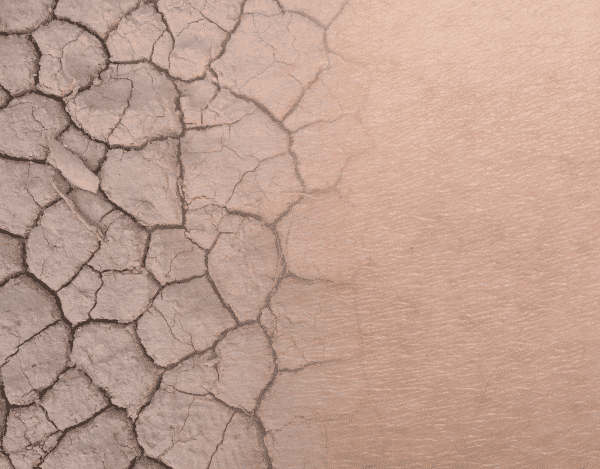

Especially in winter, the skin faces new challenges because the climatic changes of the cold season place a particular strain on the skin. For example, the dry heating air and lower humidity lead to more moisture being removed from the skin – the so-called TEWL (“transepidermal water loss”) value increases.
Another factor for dry skin in winter is that the sebaceous glands of the skin are less active at low outdoor temperatures and thus no longer produce sufficient protective skin lipids. At extremely low temperatures, lipid production even stops altogether. Because an essential part of the skin’s protective barrier is lost with the diminished hydrolipidic film, more moisture escapes from the skin. This loss cannot be completely compensated by the skin’s own moisturizing factors.
The result: dry skin in winter. However, this dryness is not only noticeable on the face, but also in form of chapped hands and itchy skin. But how can you combat itchy and dry skin in winter?
Our skin needs different care routines in winter. If your skin can easily tolerate swimming pools and frequent showers in the summer, it can be quite different in the winter. Even your face cream, which is optimal in summer, can contribute to skin dryness in winter under certain circumstances. Therefore, it is best to start changing your cleansing and care program in the fall before the first problem areas appear.
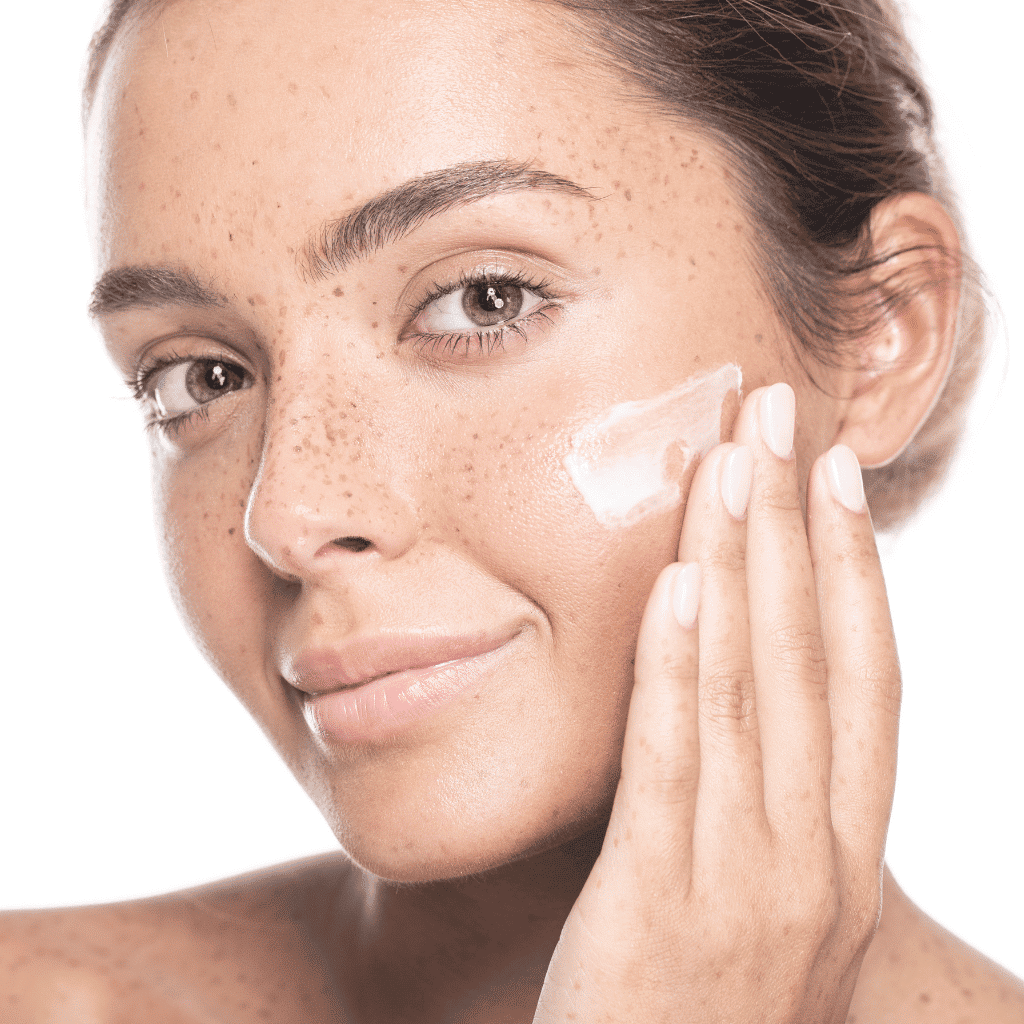
In winter, you should use a care product that provides more moisture than your care product in summer. The best thing to do here is to choose different products that complement each other to protect against dehydration:
For this purpose, it is advantageous if your skin care products contain the proven active ingredient urea (= urea). Urea is one of the oldest active ingredients in the treatment of dry skin and restores the moisture balance of the skin. By the way, urea has nothing to do with urine; nowadays, the active ingredient is produced in the laboratory. As a natural moisturizing factor, urea penetrates deep into the upper layers of the skin and provides intensive, long-lasting moisture. The active ingredient is able to absorb water, bind it and slowly release it again. In this way, it ensures greater hydration of the skin and regulates its moisture content. This strengthens your skin’s protective barrier and protects it from drying out. In very low outdoor temperatures, it is also recommended to use a care product with a higher lipid content to improve the skin’s protection against cold.
Regular use of care products with urea can counteract dry and itchy skin sustainably and effectively.
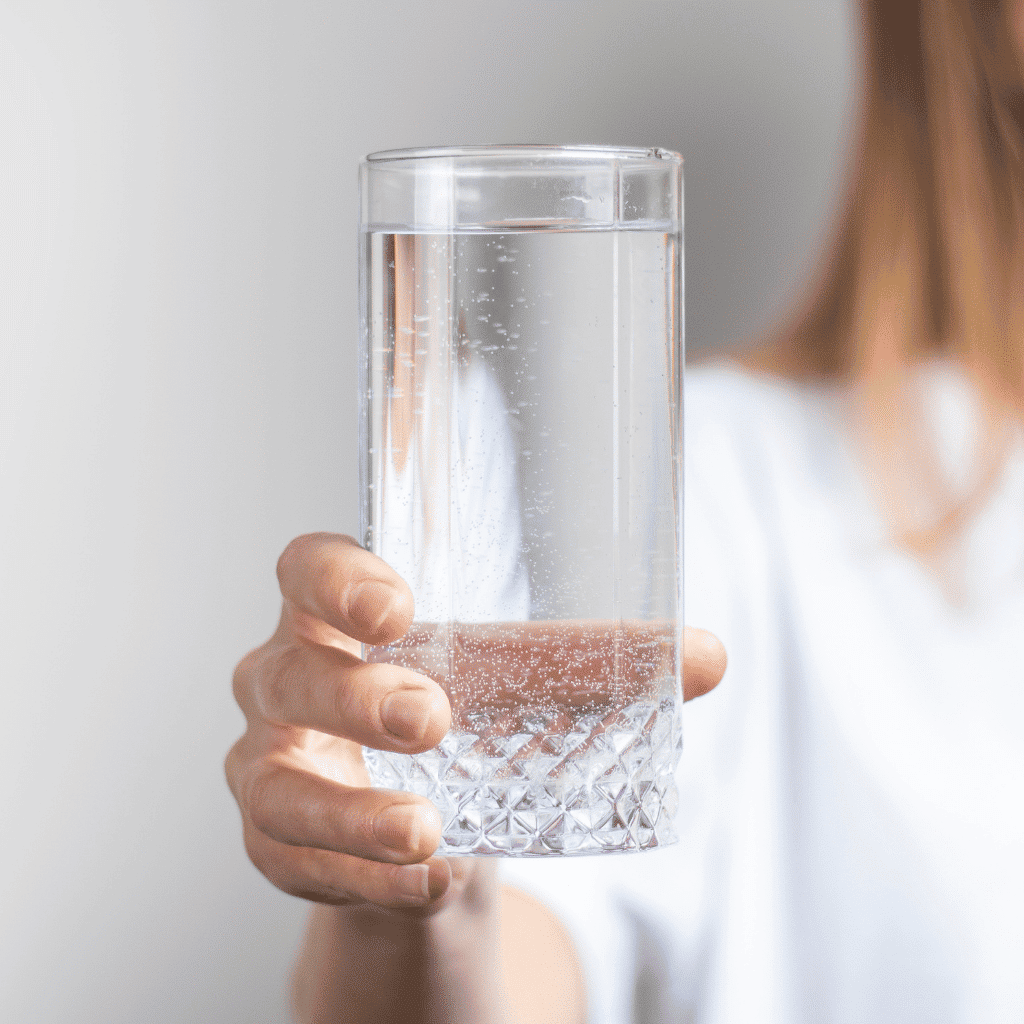
External influences can also lead to increased drying of the skin. Long showers or baths, high water temperatures and aggressive cleaning products should be avoided at all costs during the cold season, as these unnecessarily dry out the skin. In addition, the humidity in living rooms should never be below 40%, ideally between 50-60%, even in winter.
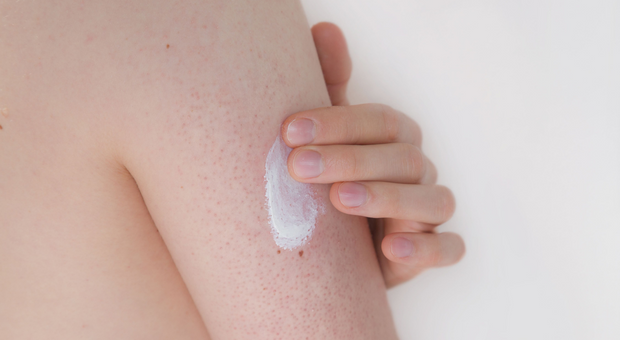
Keratosis Pilaris, Lichen Pilaris or Follicular Keratosis, colloquially known as chicken skin, has many names. But what exactly is the cause of this skin condition and We reveal what symptoms are and how to care for and treat rubbing iron skin.

You have also noticed that your facial skin is drier than usual in winter? Or do your hands tend to be chapped during the winter months? Fortunately, there is not only a very simple explanation for this, but also three simple tips that you can use to combat dry skin in winter.

Due to the everyday wearing of a protective mask, our facial skin faces great challenges. As a result, irritation, impurities and dry patches can occur on the face, especially in sensitive skin. But even normal skin often shows irritations and skin irritations due to the increased use of a mouthguard, which can eventually lead to dry skin under the mask.
Dryness on the legs, rough knees or scaly shins are not only unpleasant, but also indicate that the skin in these areas lacks moisture and care. But what exactly is the cause of rough and dry skin on the legs and what can you do to restore enough moisture to the dried-out skin? Learn tips and tricks on how to avoid dry skin on your legs.
Limy water can lead to dry skin and skin diseases. Learn more about the influence of water hardness on our skin here.
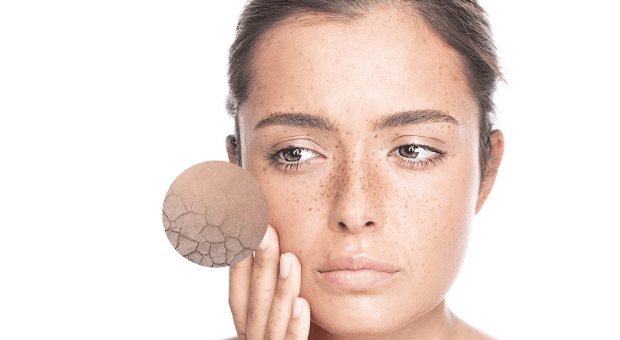
Feeling good in our own skin - that's what we all want. However, when the skin on your face is taut and itchy, it's not that easy. To change this, we reveal the causes of dryness on the face and simple care tips with which you can rebuild the skin's protective barrier.